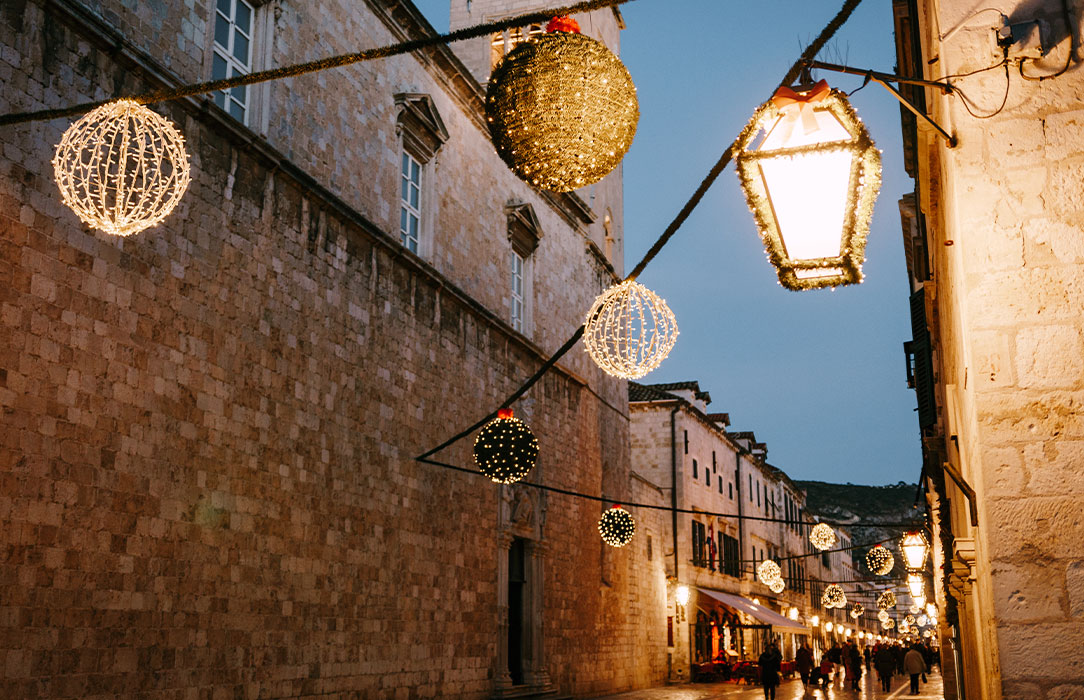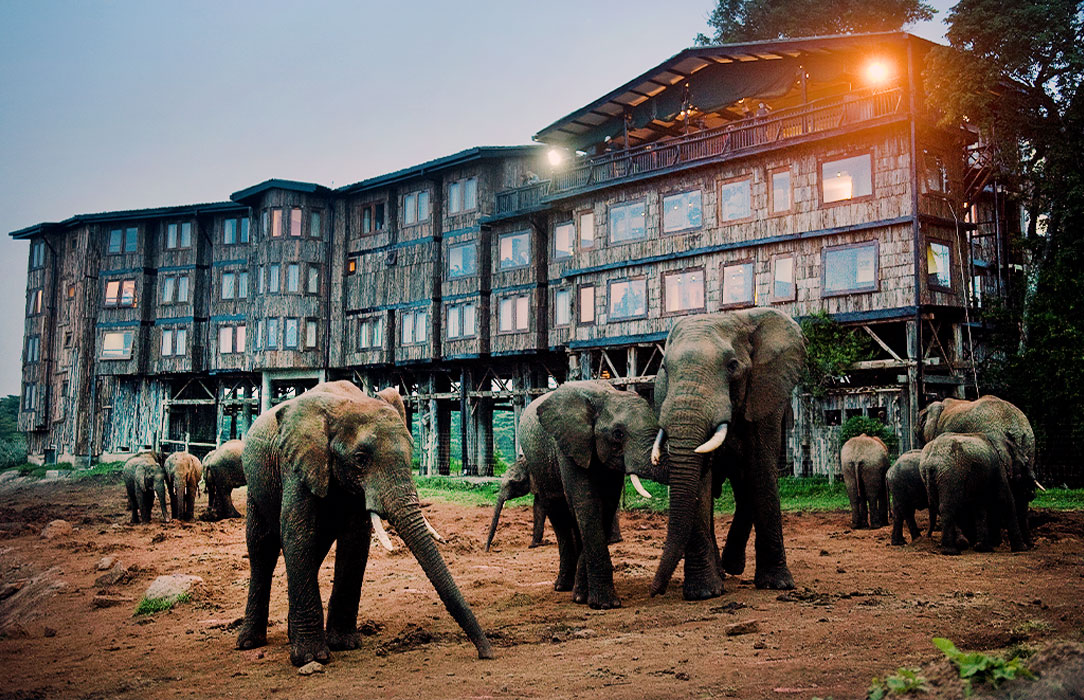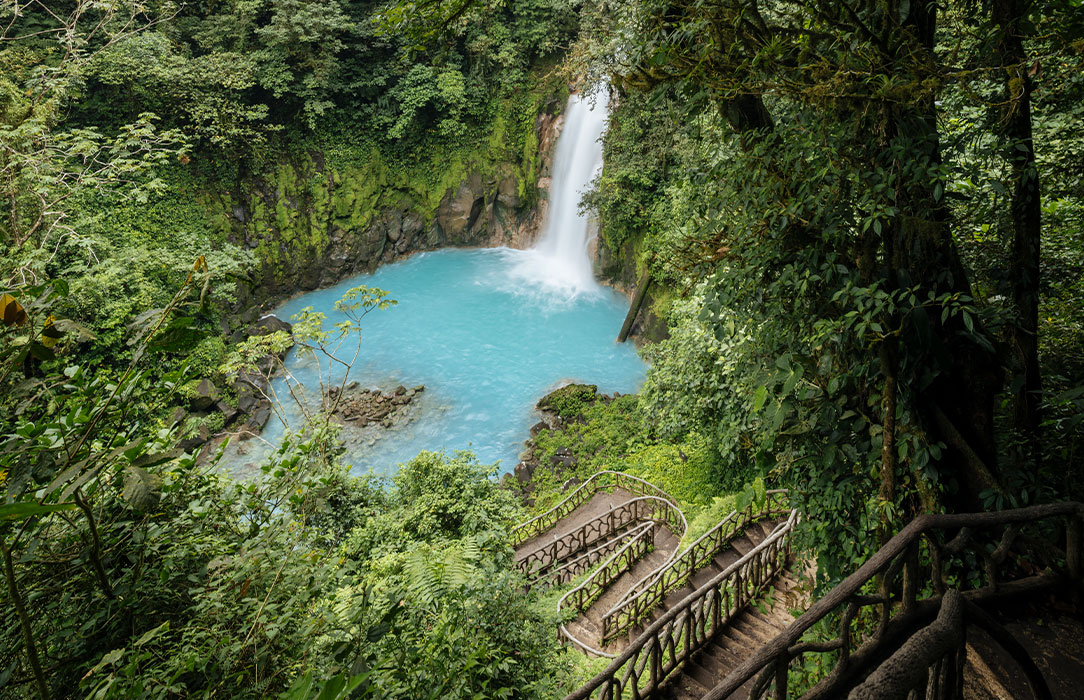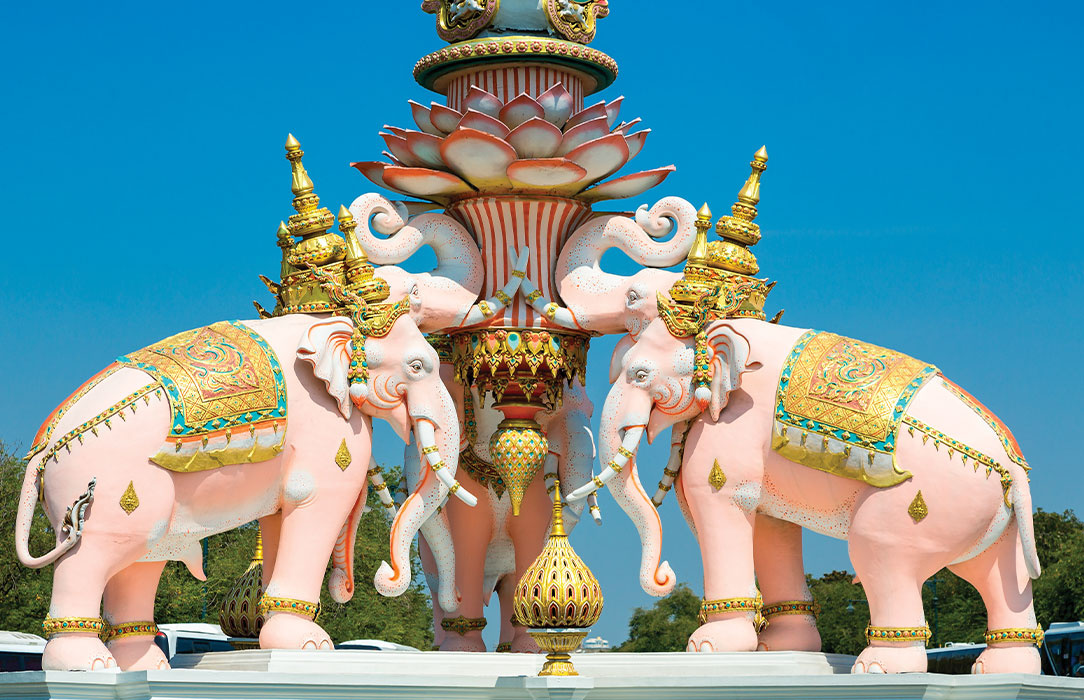One of my most memorable visits to Rome was not in the jasmine-scented summer months but in chilly January. On a whim, my then boyfriend and I booked last-minute tickets to spend the lagging days of December and New Year’s Eve there. We were rewarded by experiencing Rome as the Romans do, with just a whisper of tourists, the restaurants full of the cozy chatter of Italian. And when we went into the Pantheon, we were met by the astonishing sight of snowflakes gently falling through the oculus. Their mesmerizing, meandering journey, seemingly from the heavens, has stayed with me as one of my most profound travel memories. It felt like it was just us, the snow, and a few thousand years of history resonating from the Roman walls.
This feeling of experiencing places the way locals do is the wonderful bonus to travelling in the “off-season,” or what guided-travel company Collette calls the “smart season.” But there are many more advantages, according to Paul Holly, senior manager at Collette. “The weather is typically mild, crowds are thinner, and you can engage more deeply with local culture,” he says. “Plus there is the added bonus of it costing less.” The 100-year-old family-owned company has collected a wealth of experience to draw on. I asked Holly to give us their top smart-season picks from around the world.
CROATIA: I went sailing along the Dalmatian coast 20 years ago, when Croatia felt like a magical discovery of old European charm, perfect weather and clean, cool seas at reasonable prices. Now the secret is well and truly out and it has become one of Europe’s most buzzy – a.k.a crowded – summer holiday getaway spots. However, Holly tells me that in the winter the travellers dissipate and the country is full of seasonal festivities, including wonderful Christmas markets in Dubrovnik and the capital, Zagreb. Nature gets showy too, turning destinations like the cascading lakes of Plitvice Lakes National Park into a winter wonderland, with very few tourists marring the scenery.

Dubrovnik, Croatia at Chistmas. Photo: Nadtochiy/Getty Images
KENYA: I am hoping to go to Kenya with Collette this spring, in the low season, to see the country I have heard so much about – my grandfather, Sir John Whyatt, was attorney general in the 1950s. He was the one to receive a top-secret message saying King George VI had died unexpectedly in the night – making him the first person to tell Princess Elizabeth the news that she had become Queen while she was staying at the Treetops Lodge.

Elephants frolick outfront the Treetops Lodge on June 4, 2012, nestled in the Abedares in Kenya’s highlands, the place where Britain’s Queen Elizabeth – II learned she had become queen. Photo: TONY KARUMBA/AFP/GettyImages)
It can be harder to spot the animals at this time of year, thanks to the taller grass and denser foliage; however, as Holly says, “Animals don’t leave when the seasons change.” For birders, this is actually peak season, when migrant species arrive from North Africa and Europe.
COSTA RICA: I’ve been to South America and spent lots of time in Mexico, but haven’t made it to Central America … yet. With its jungles, volcanoes and cloud forests, Costa Rica is so much more than a mere sunshine-and-sand destination. Their rainy season has been rebranded “green season” as it brings a whole new level of lushness to the forests – and a lot fewer tourists.

Parque Nacional Volcán Tenorio, Alajuela Province, Costa Rica, Central America – stock photo
Whitewater rafting is at its peak during this time thanks to swollen rivers; waterfalls are on full blast and the Pacific coast’s southern swells come rolling in. Surf’s up!
THAILAND: I have almost been to East Asia many times, and have Indian and Afghan visas in my passport to prove it. However, fate intervened. With its beach-ringed islands, delicious food and whimsical attractions (below), Thailand is very much on my list. Off-season (from September to February) the tourists thin out, and while it’s generally wetter, the rain transforms the countryside into a lush paradise.

Statue of the three elephants at a crossroads of Na Phralan and Rajadamnoen nai roads at Royal Grand Palace and the Temple Wat Phra Keo. Photo: Sylvain Sonnet/Getty Images
Plus, thanks to its diverse geography, there are parts of the country that aren’t as rainy, including the Andaman coast, where the most comfortable weather is between November and February, with temperatures around 26 C. This translates to clear blue waters, vegetation quenched by monsoon season and – once again –fewer people.


